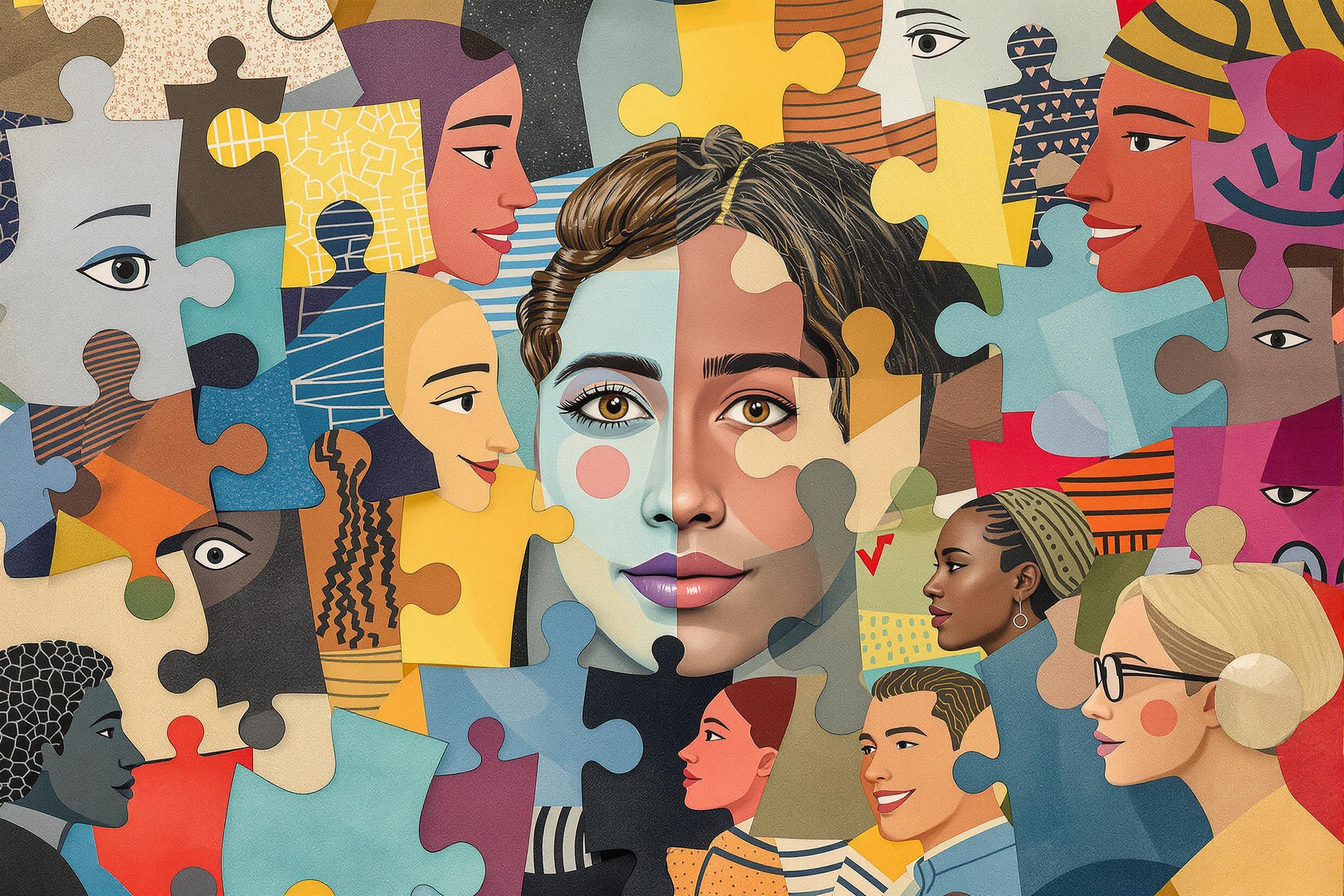
Heritage Interpretation
Heritage Interpretation is a communication process that helps visitors understand and appreciate cultural and historical sites, museums, or natural areas. It's like being a storyteller who makes history come alive for the public. Heritage interpreters create engaging experiences through guided tours, exhibitions, signs, digital media, and educational programs. They translate complex historical or cultural information into interesting stories that regular visitors can understand and connect with. Similar roles might be called cultural interpretation or visitor experience design. Think of it as being a bridge between historical artifacts or sites and the modern-day visitor.
Examples in Resumes
Developed and led Heritage Interpretation programs reaching 10,000+ visitors annually at city museum
Created engaging Heritage Interpretation materials for historic downtown walking tours
Trained junior staff in Heritage Interpretation techniques and visitor engagement
Designed interactive Cultural Interpretation exhibits for Native American cultural center
Implemented new Historical Interpretation programs for school groups
Typical job title: "Heritage Interpreters"
Also try searching for:
Where to Find Heritage Interpreters
Professional Organizations
Job Boards
Professional Networks
Example Interview Questions
Senior Level Questions
Q: How would you develop a comprehensive interpretation strategy for a new museum exhibition?
Expected Answer: Should discuss visitor needs assessment, multiple engagement methods (digital, guided, self-guided), accessibility considerations, and ways to measure program success. Should mention experience managing budgets and teams.
Q: How do you balance historical accuracy with engaging storytelling?
Expected Answer: Should demonstrate experience in maintaining historical integrity while making content accessible and interesting. Should discuss examples of successful programs and handling sensitive historical topics.
Mid Level Questions
Q: How do you adapt your interpretation methods for different audience types?
Expected Answer: Should explain approaches for different age groups, cultural backgrounds, and learning styles. Should provide examples of modifying programs based on audience feedback.
Q: What techniques do you use to engage visitors who might not be initially interested in history?
Expected Answer: Should discuss interactive elements, storytelling techniques, and ways to make historical content relevant to modern life. Should include examples of successful engagement strategies.
Junior Level Questions
Q: What makes a good guided tour?
Expected Answer: Should discuss basic principles of engagement, clear communication, and audience awareness. Should show understanding of timing and group management.
Q: How do you handle difficult questions from visitors?
Expected Answer: Should demonstrate basic knowledge of research methods, when to refer to supervisors, and how to admit when they don't know something while maintaining professionalism.
Experience Level Indicators
Junior (0-2 years)
- Basic tour guiding
- Clear communication
- Research skills
- Program delivery
Mid (2-5 years)
- Program development
- Multiple interpretation methods
- Visitor feedback analysis
- Educational program design
Senior (5+ years)
- Strategy development
- Team leadership
- Budget management
- Program evaluation
Red Flags to Watch For
- No public speaking experience
- Poor communication skills
- Lack of cultural sensitivity
- No knowledge of basic research methods
- Inability to adapt to different audiences
Related Terms
Need more hiring wisdom? Check these out...

From Boomers to Zoomers: Unlocking Organizational Wisdom through Cross-Generational Mentoring

From Farewells to Future Allies: Transforming Exit Interviews into Lifelong Connections

Culture Add vs Culture Fit in Hiring: Why It May Be Time to Rethink Your Approach

